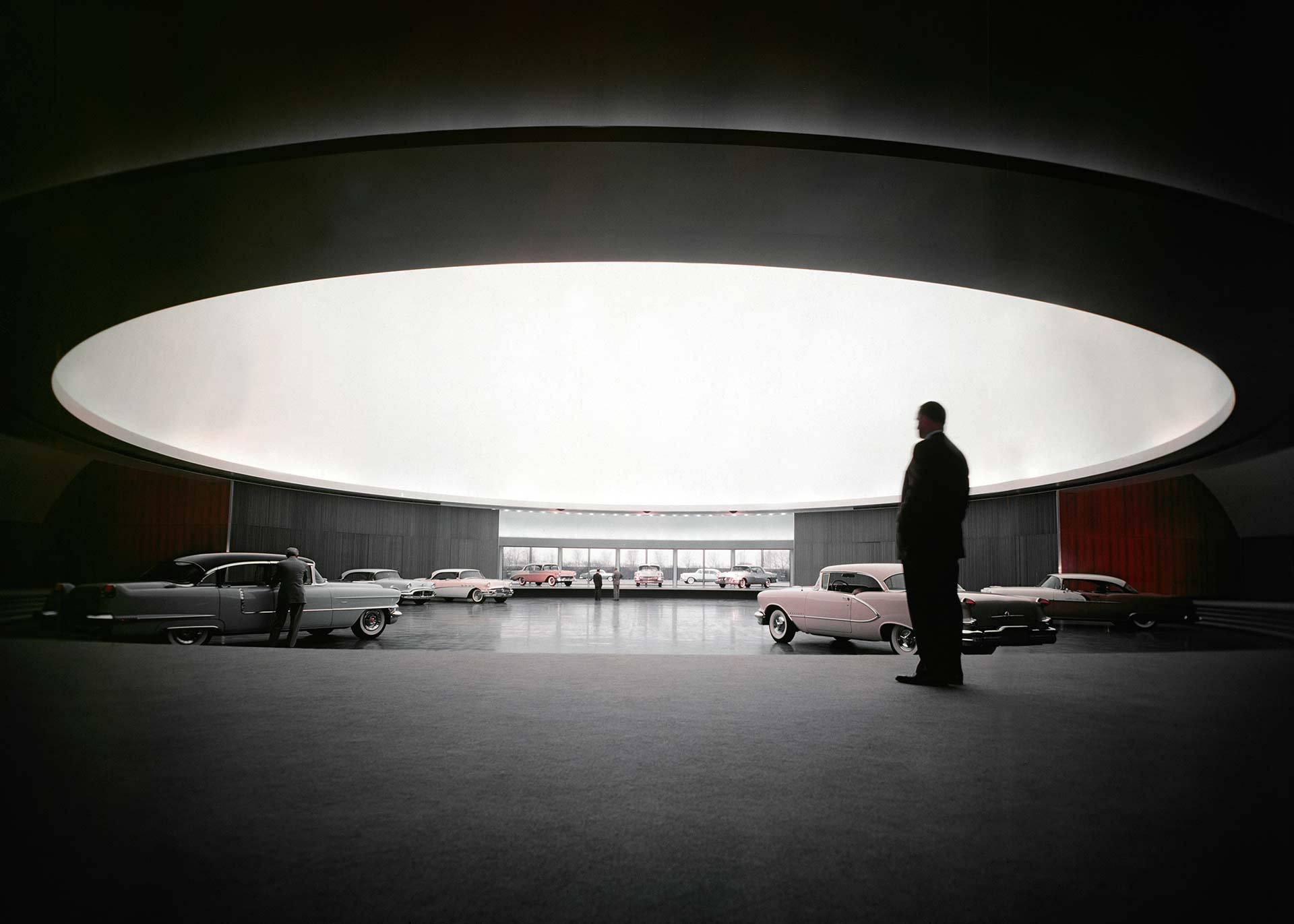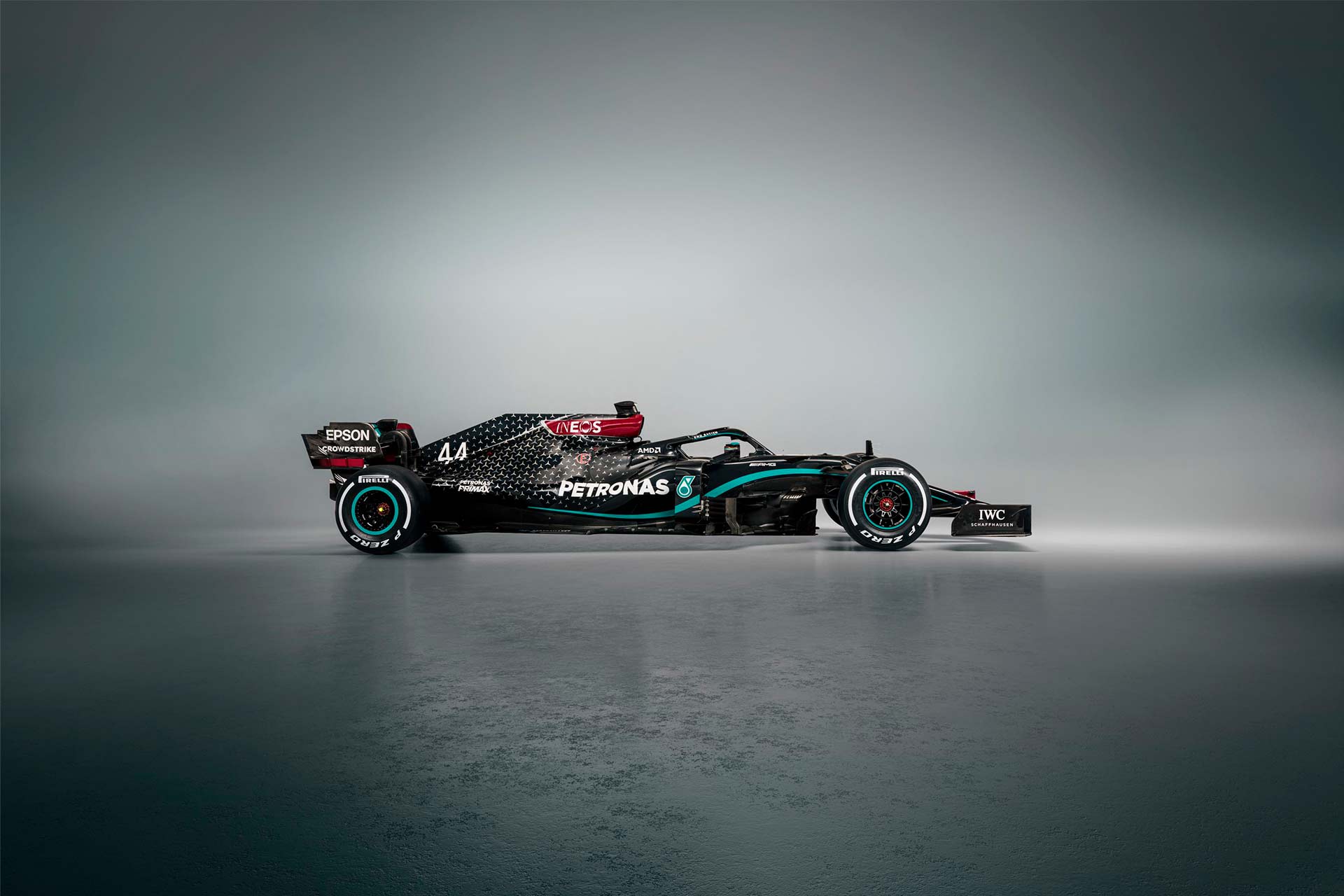VISIONARIES
Visionaries starts in the mid-20th century when the stage was set for utopian vehicles, and artists and designers explored radical new forms on the themes of speed and motion. Many anticipated possibilities for the future of driving that were decades ahead of their time. Automobiles inspired by the desire to go ever faster pushed the limits of engine technology and aerodynamic forms, inspired by the new technologies of turbine, jet, nuclear energy, and automation.
This space celebrates a diverse range of visionary vehicles and their designers and contemplates the beauty of their fluid forms and aerodynamic achievements. These are exhibited alongside works from the Futurist Movement and its obsession with motion and speed, notably Umberto Boccioni’s Unique Forms of Continuity in Space (1913), with its bronze robes flowing as if in a wind tunnel.
There are visual affinities between the futurist paintings of Giacomo Balla and the one-off concept cars such as the three examples from General Motors exhibited here together for the first time from the 1950s. This period also saw depictions of driverless cars—a science fiction vision that is close to the reality of today. The utopian vison of automobile design is mirrored in the art and architecture of Eero Saarinen’s modernist masterpiece the GM Technical Center—described as an “industrial Versailles”.


